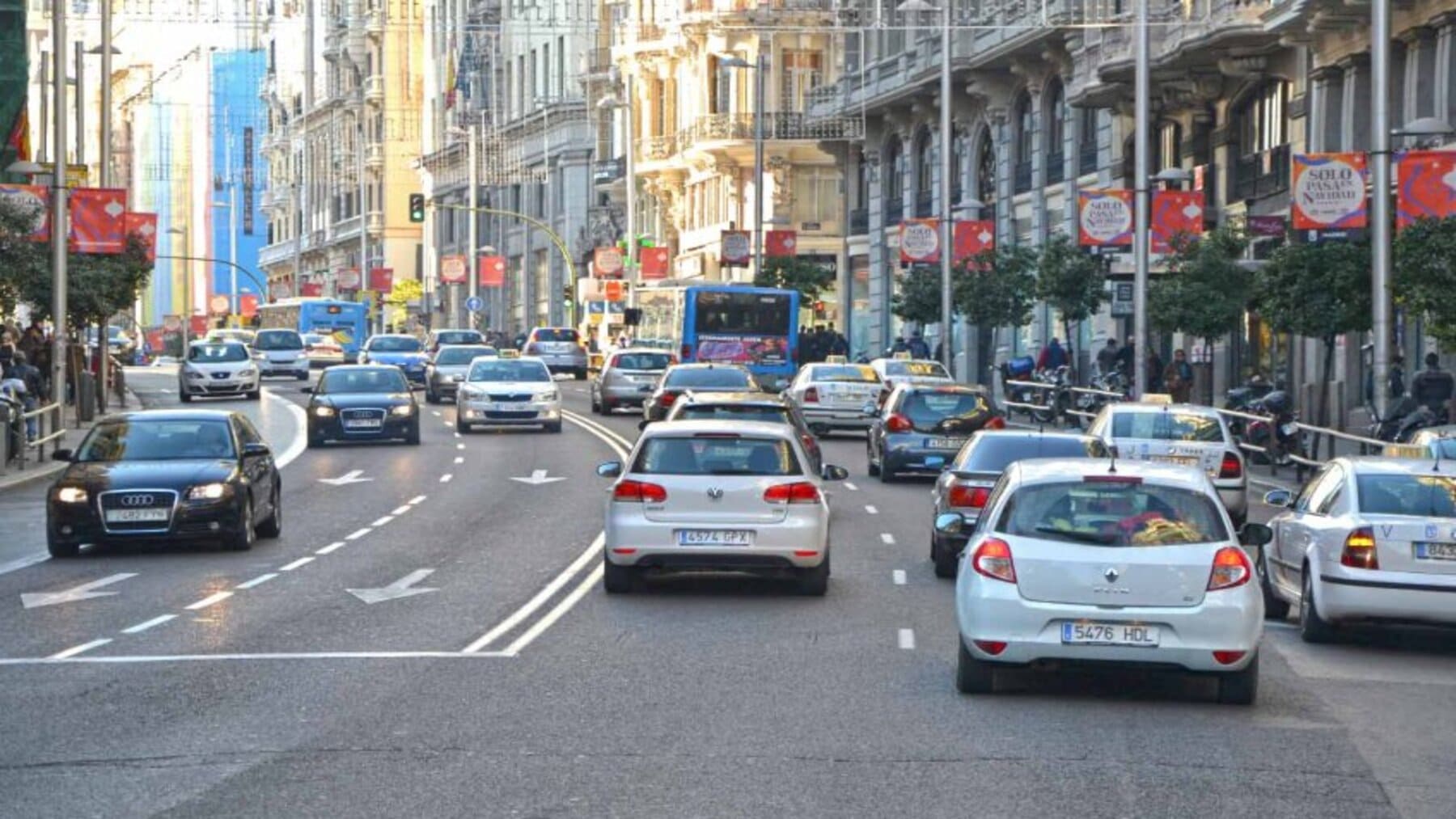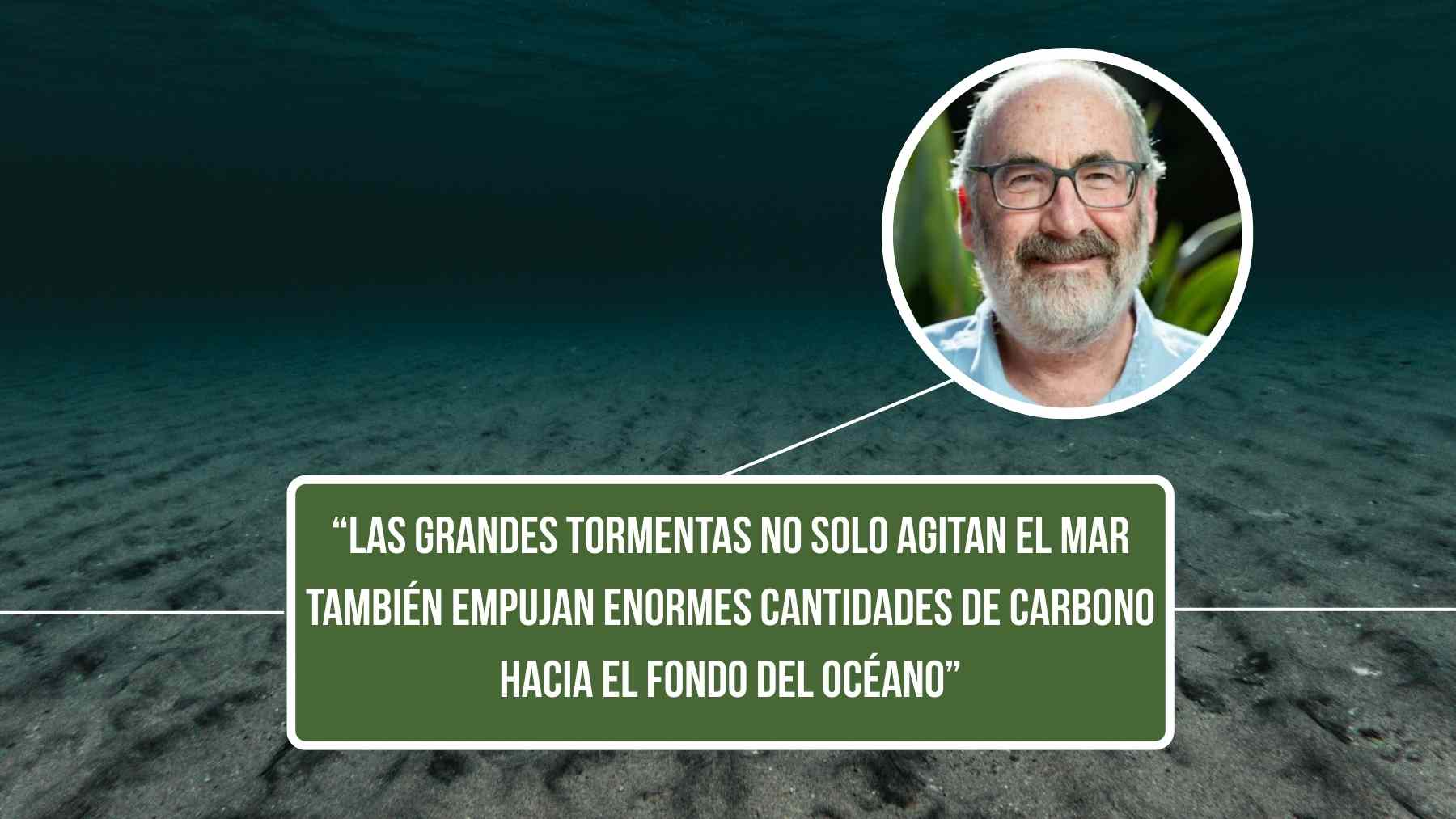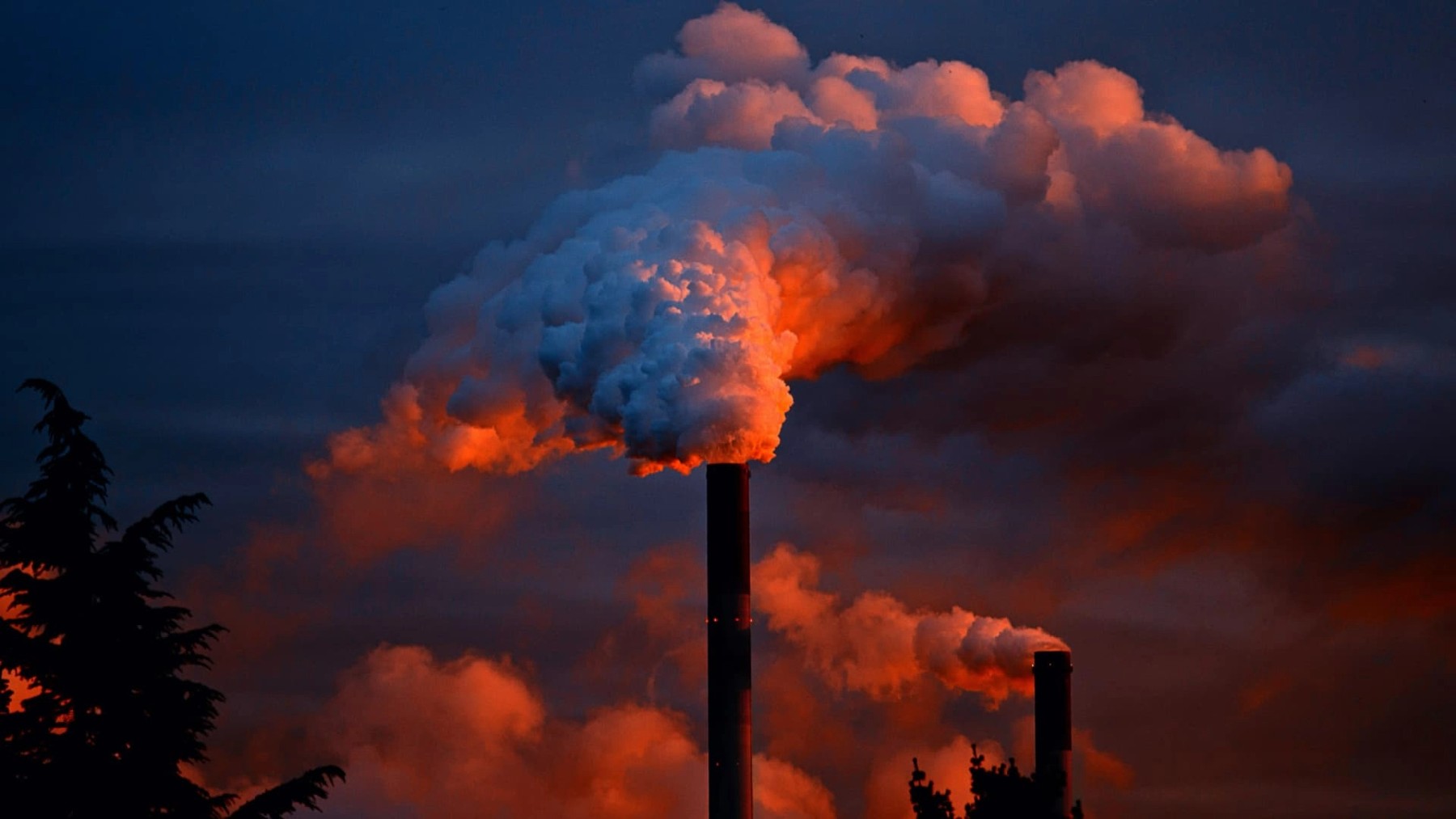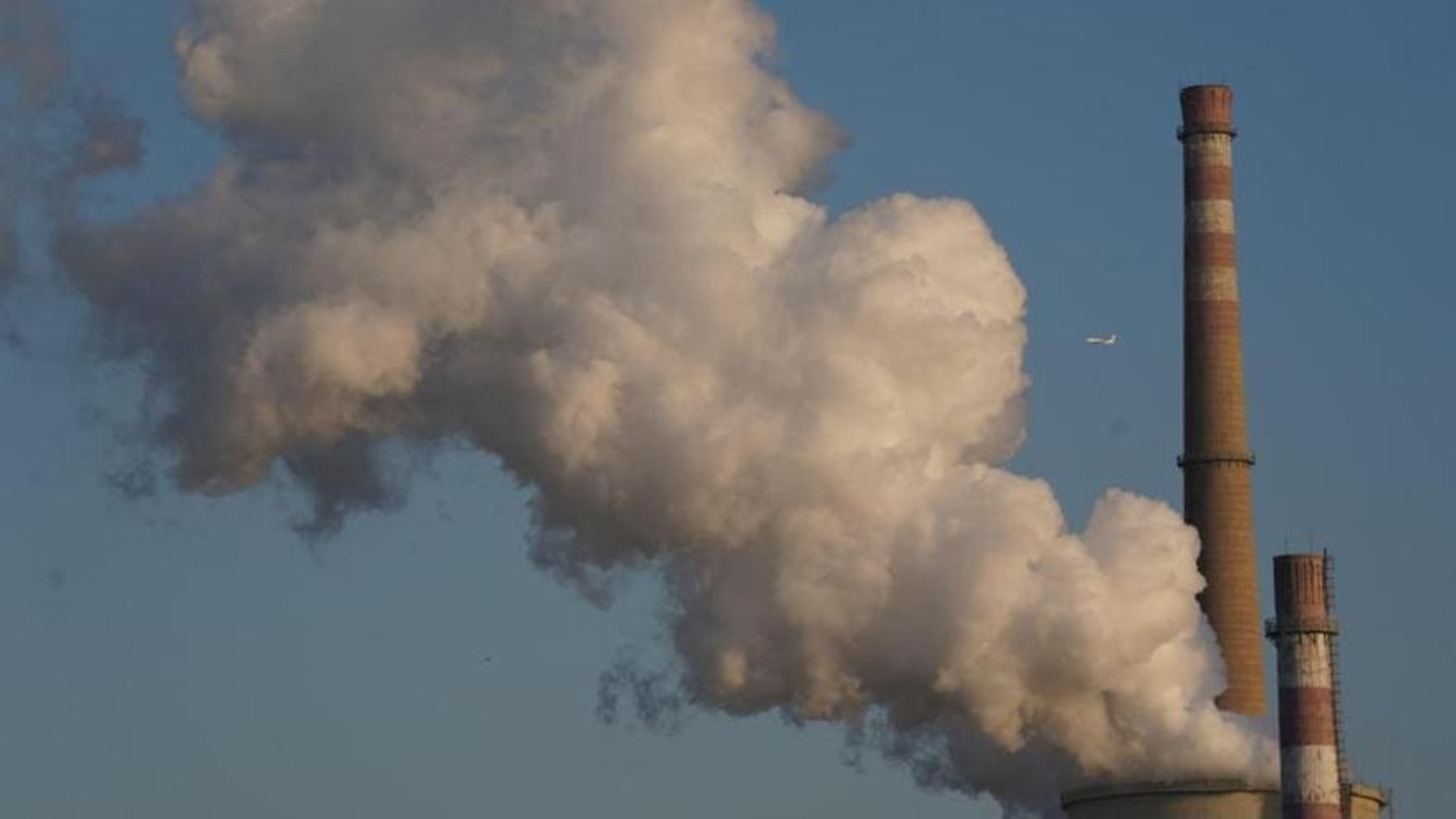Time is running out if we want to keep global temperature rise below 2 degrees Celsius this century.
Emissions levels of greenhouse gases are now about 14 percent above where they need to be in 2020, said a new report co-authored by the United Nations Environment Programme and the European Climate Foundation.
Released days ahead the Climate Change Conference of Parties in Doha, the Emissions Gap Report noted that instead of declining, concentrations of warming gases such as carbon dioxide are actually escalating, increasing 20 percent since 2000.
“If no swift action is taken by nations, emissions are likely to be at 58 gigatons in eight years’ time,” warned the report.
According to previous assessment reports, emissions have to be on average at roughly 44 Gt in 2020 in able to pull off the much bigger reductions needed at a cost that is manageable.
However, the Emissions Gap Report argued that even if the most ambitious level of pledges and commitments were carried out by all countries, chances are there will be a foreseen gap of eight Gt of carbon emissions equivalent by 2020.
That is two Gt higher than last year’s assessment with yet another year passing by, it noted.
“There are two realities encapsulated in this report—that bridging the gap remains do-able with existing technologies and policies; that there are many inspiring actions taking place at the national level on energy efficiency in buildings, investing in forests to avoid emissions linked with deforestation and new vehicle emissions standards alongside a remarkable growth in investment in new renewable energies worldwide, which in 2011 totaled close to US$260 billion,” said Achim Steiner, U.N. Under-Secretary General and U.N.E.P. Executive Director.
“Yet the sobering fact remains that a transition to a low carbon, inclusive green economy is happening far too slowly and the opportunity for meeting the 44 gigatons target is narrowing annually,” he added.
Looking at sectors where the necessary emissions reductions may be possible by 2020, the report suggested that improved energy efficiency in industry has the most potential, generating possible cuts of between 1.5 to 4.6 Gt of carbon emissions equivalent.
This is followed by agriculture with 1.1 to 4.3 Gt, forestry with 1.3 to 4.2 Gt, the power sector with 2.2 to 3.9 Gt, buildings with 1.4 to 2.9 Gt, transportation including shipping and aviation with 1.7 to 2.5 Gt and the waste sector with 0.8 Gt.
“Action on climate change needs to be scaled-up and accelerated without delay if the world is to have a running chance of keeping a global average temperature rise below 2 degrees Celsius this century,” said U.N.E.P.
Thus, governments meeting in Doha for COP18 need to immediately implement existing decisions that are crucial for a more rapid shift towards a low-carbon and resilient world, said Christiana Figueres, Executive Secretary of the U.N. Framework Convention on Climate Change.
“This notably means amending the Kyoto Protocol, developing a clear vision of how greenhouse gases can be curbed globally before and after 2020, and completing the institutions required to help developing countries green their economies and adapt, along with defining how the long-term climate finance that developing countries need can be mobilized. In addition, governments need to urgently identify how ambition can be raised,” she stressed. – C. Dominguez




















